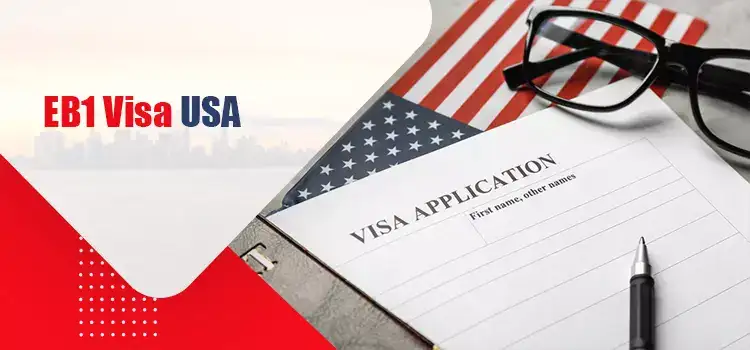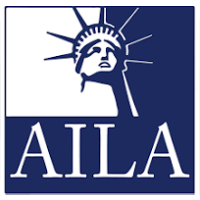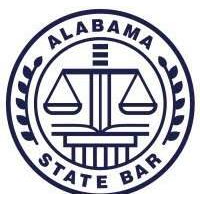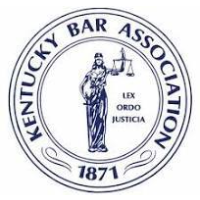
Helping Extraordinary Individuals, Professionals, and Executives Obtain U.S. Green Cards
The EB-1 visa is an employment-based green card for individuals with extraordinary ability, outstanding academic achievements, or executive leadership experience. It offers a fast-track path to permanent residency without requiring a labor certification, making it one of the most sought-after green card categories.
Gagliano Law, PLLC, assists professionals, academics, and executives in obtaining EB-1 green cards, ensuring compliance with federal immigration laws and helping applicants present strong petitions.
What Is the EB-1 Visa?
The EB-1 visa is the first preference category for employment-based green cards. It is divided into three subcategories:
- EB-1A (Extraordinary Ability) – For individuals with exceptional achievements in science, arts, education, business, or athletics. No employer sponsorship required.
- EB-1B (Outstanding Professors and Researchers) – For recognized academics with significant contributions to their field. Requires a U.S. employer.
- EB-1C (Multinational Executives and Managers) – For high-level managers and executives transferring to a U.S. office of a multinational company. Requires a U.S. employer.
The EB-1 Visa Application Process
1. Establish Eligibility
Each EB-1 category has different requirements:
- EB-1A applicants must demonstrate sustained national or international acclaim through major awards, publications, media recognition, or industry contributions.
- EB-1B applicants need at least three years of teaching or research experience and must show significant scholarly contributions.
- EB-1C applicants must have held an executive or managerial role at a multinational company for at least one year in the past three years.
2. File Form I-140 (Immigrant Petition for Alien Worker)
- EB-1A applicants can self-petition, meaning they do not need a job offer or employer sponsorship.
- EB-1B and EB-1C applicants require a U.S. employer to file the petition on their behalf.
3. Adjustment of Status or Consular Processing
- If already in the U.S., applicants can file Form I-485 (Adjustment of Status) after I-140 approval.
- If outside the U.S., applicants must complete consular processing at a U.S. embassy.
4. Receive Green Card Approval
Once approved, applicants and their eligible family members (spouse and unmarried children under 21) receive permanent residency (green cards).
EB-1 Visa Benefits
- No labor certification required (faster processing than EB-2 and EB-3 categories)
- Self-petition option for EB-1A applicants (no employer sponsorship needed)
- Faster green card process compared to other employment-based categories
- Green cards for spouses and children under 21
EB-1 Visa Requirements for Each Category
| Category | Eligibility Requirements | Employer Sponsorship? | Processing Time |
| EB-1A (Extraordinary Ability) | National/international recognition, major awards, publications, media coverage, contributions to the field | No (self-petition allowed) | 12-24 months |
| EB-1B (Outstanding Professors & Researchers) | Three years of experience, recognized contributions in academia, job offer from a U.S. institution | Yes | 12-24 months |
| EB-1C (Multinational Executives & Managers) | One year of employment as an executive/manager for a multinational company, transfer to a U.S. office | Yes | 12-36 months |
Processing Time and Premium Processing
- Form I-140 Processing: 12-24 months (faster for EB-1A and EB-1B)
- Adjustment of Status (I-485): 8-14 months
- Premium Processing: Available for EB-1A and EB-1B (15-day expedited decision for an additional fee)
Transitioning from an EB-1 Visa to U.S. Citizenship
EB-1 green card holders can apply for U.S. citizenship after five years of lawful permanent residence, provided they meet residency and physical presence requirements.












